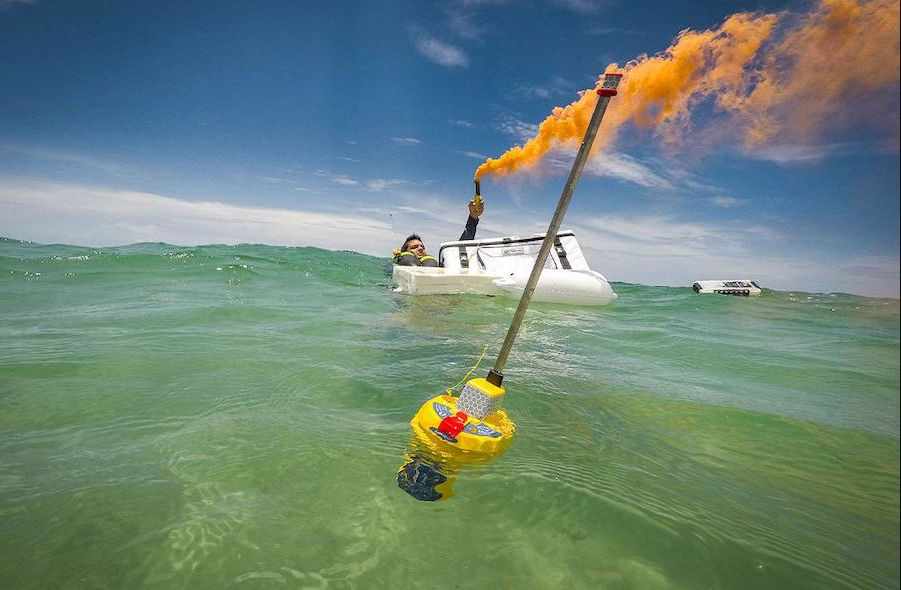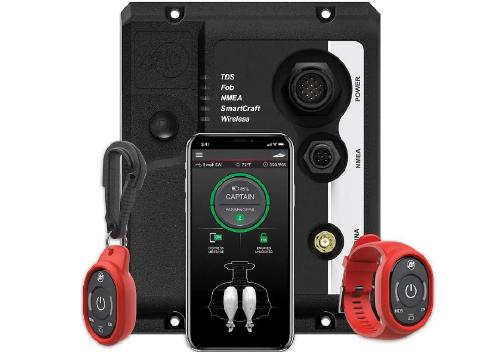Boating, whether for fun, relaxation, or adventure, offers an unmatched thrill. However, situations can quickly take a turn for the worst, necessitating immediate rescue operations. This is where Personal Locator Beacons (PLBs) come into play. They are an essential piece of safety equipment for boaters, capable of sending distress signals directly to search and rescue satellites. This article explores the various makes and models of PLBs available in the market, providing a comparison to help you make an informed decision.
What are Personal Locator Beacons?
PLBs are compact, handheld devices that, once activated in a distress situation, send a signal to the COSPAS-SARSAT satellite system, which then alerts the appropriate search and rescue organization. The PLB also transmits a homing signal to guide rescuers directly to your location.
How COSPAS-SARSAT Works
COSPAS-SARSAT is a global satellite-based search and rescue (SAR) system that detects and locates emergency beacons to assist in distress situations, particularly at sea, in the air, and in remote areas.
Beacon Activation Individuals in distress activate an Emergency Position Indicating Radio Beacon (EPIRB), Personal Locator Beacon (PLB), or Emergency Locator Transmitter (ELT). These beacons transmit a 406 MHz distress signal.
Satellite Detection The distress signal is picked up by two types of satellites:
- LEOSAR (Low-Earth Orbit Search and Rescue satellites): Provides Doppler-based location accuracy.
- GEOSAR (Geostationary Search and Rescue satellites): Offers near-instantaneous detection but no Doppler location.
- MEOSAR (Medium-Earth Orbit Search and Rescue satellites): Provides both rapid detection and precise location tracking.
Ground Segment Processing The received signals are relayed to Local User Terminals (LUTs) on Earth, which process the data and determine the beacon’s location.
Mission Control & SAR Coordination The data is sent to Mission Control Centers (MCCs), which forward it to the appropriate Rescue Coordination Center (RCC). RCCs then dispatch SAR units (e.g., Coast Guard, Air Rescue) to assist the person in distress.
Rescue Operations SAR teams use the provided location data to execute a swift rescue mission, significantly increasing survival chances.
COSPAS-SARSAT operates without charge to users and has helped save over 50,000 lives worldwide since its inception.

Key Features to Look for in a PLB
When choosing a PLB, there are a few critical features to consider. These include:
COSPAS-SARSAT registration: This ensures that your beacon is globally recognized and can prompt international search and rescue efforts if necessary.
Battery life: The beacon’s battery life should last long enough to ensure that rescuers have ample time to locate you in an emergency.
GPS capability: While all PLBs send a distress signal, those with built-in GPS can send precise location data, reducing the search area and potentially saving crucial time.
Waterproof and buoyancy: Given that you’re using the beacon for boating, it should be waterproof and ideally float in water.
Top PLBs for Boaters: A Comparison
Here is a comparison of some of the best PLBs available in the market, along with their prices in Canadian Dollar (CAD) and United States Dollar (USD):
| Make and Model | GPS | Battery Life | Waterproof | Buoyant | Price (CAD) | Price (USD) |
|---|---|---|---|---|---|---|
| ACR ResQLink 400 | Yes | 5 years | Yes | Yes | $350 | $275 |
| Ocean Signal RescueME PLB1 | Yes | 7 years | Yes | Yes | $400 | $315 |
| McMurdo Fast Find 220 | Yes | 6 years | Yes | No | $300 | $235 |
| ACR AquaLink View | Yes | 5 years | Yes | Yes | $500 | $395 |
| Garmin inReach Mini | Yes | Rechargeable | Yes | No | $450 | $350 |
* Prices are subjected to change, always contact your local dealer.
The Verdict
The ACR ResQLink 400 stands out for its balance between price and features. It comes with GPS, has a 5-year battery life, and is both waterproof and buoyant. However, the Ocean Signal RescueME PLB1 offers the longest battery life at 7 years, which may be a significant consideration for some boaters.
On the other hand, McMurdo Fast Find 220 is the most affordable, but it doesn’t float. The ACR AquaLink View is the most expensive, but it features a digital display that shows live GPS and heading data. Lastly, the Garmin inReach Mini is rechargeable, unlike the others, giving it an advantage for those who prefer not to worry about battery replacements.
The Bottom Line
The choice of a Personal Locator Beacon depends on your specific needs, preferences, and budget. Regardless of the make and model, having a PLB onboard ensures your safety and offers peace of mind while out on the waters. Remember, it’s not just a device; it’s a lifeline. So, choose wisely, and happy boating!
This article is not meant to be an endorsement or advertisement for any particular product but rather an informative guide to help boaters make an educated choice when it comes to purchasing a Personal Locator Beacon. Always make sure to register your PLB with the appropriate authorities to ensure its effectiveness in an emergency situation.
Boating is a wonderful pastime, but safety should always come first. And with the right PLB, you can rest assured knowing that help is just a distress signal away.



Use the share button below if you liked it.